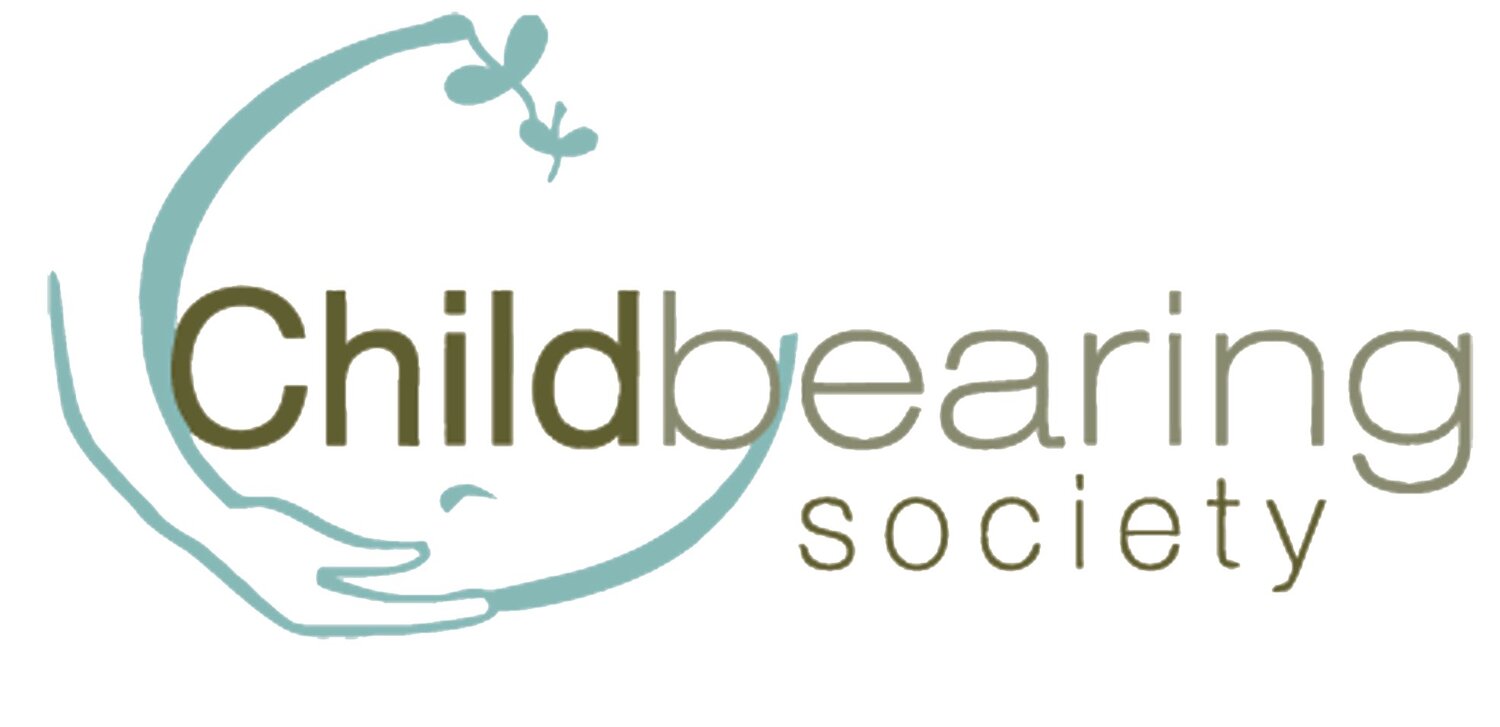GB21 (JianJing): A Must-Know Acupressure Point
The use of acupressure in labour has been gaining popularity in the west as a natural means to help women during labour with pain management as well as relaxation. It is easy to learn and in fact, a birth partner who knows even a few effective pressure points can really help during the three stages of labor and even post partum. I have included a link to a lovely free handbook for those interested in learning about Acupressure in birth that was generously provided by a colleague in New Zealand named Debra Betts which I encourage you to read.
Birth is a miracle! The hour immediately after the birth is considered the “golden hour” where parents and baby meet each other on the outside for the first time. This is a time of major physiological transition for mom and baby and includes a cascade of hormones vital to bonding and breastfeeding. This hour also encompasses the third stage of labour where the placenta is birthed. It’s easy to forget about this part even though it is really crucial.
Normally, the placenta is delivered relatively quickly after birth, from a few minutes to a half hour. It is important that this stage of birth be uncomplicated and timely. Did you know that applying a firm bilateral pressure to the tops of the shoulders can help? The specific point I would like to highlight today is GB 21, an empirical point used to help with the delivery of the placenta (among other things). It is so easy and accessible that everyone should know it.
GB21 is on the top of the shoulder halfway between the tip of the shoulder and the spine. The most precise point location is actually what feels best to the birthing mother. She may like it massaged, rubbed or firmly pressed, but acupressure is most effective with bilateral pressure. The point can be pressed for one minute (sometimes two or three) and released for a break. Repeat for as long as mom likes it and it seems useful. Let her guide the strength of the pressure.
GB21 is considered one of the forbidden points in pregnancy (before thirty-seven weeks) as it has a strong action to direct energy flow downward. It is this strong action that can help babies descend, helps the placental stage, helps facilitate the let down reflex of breast milk. If you must know just one point this one is extremely versatile and it feels really good.
In my experience, aside from the benefits I have outlined, I have found it to be very grounding. For example, the birth partner or doula can stand behind the birthing woman and press both shoulders at the same time during contractions. This will guide all the energy that comes with intense waves to move downward thus facilitating the birth and helping with relaxation. Moms have reported loving it. I have used it a lot in both my acupuncture practice and as a doula. It is amazing. After the birth, don’t forget to use it if there is a delay in the third placental stage, and try it during breastfeeding to help with promoting let down.
Cheat sheet for Acupressure enthusiasts
Happy Pushing!
Renee Taylor R.TCMP is the founder of Acumamas Wellness
After becoming a mother in 2007, Renee’s passion for pregnancy and childbirth led her to shift the focus of her Acupuncture practice to begin serving the childbearing families of Vancouver as both an Acupuncturist for pregnancy and Doula/acupuncturist for birth. She has had the honor in attending over a hundred births and has treated thousands of pregnant women. It is a great joy for Renee to witness the incredible transformations her clients go through during their pregnancies and is deeply honored each and every time she shares in the miracle of childbirth.
